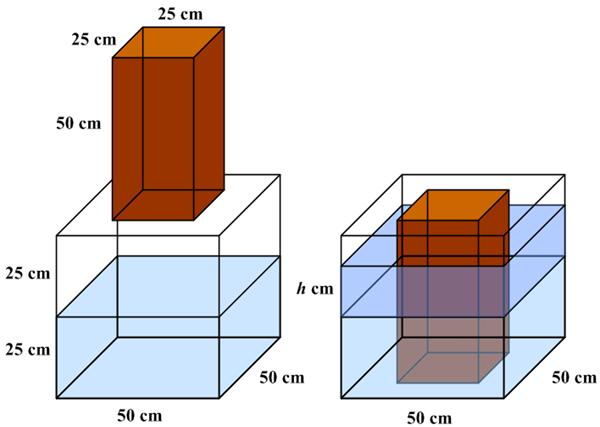 I thought this puzzle, which was included among a set of seven challenges assembled by Presh Talwalkar, would be fairly straight-forward.
I thought this puzzle, which was included among a set of seven challenges assembled by Presh Talwalkar, would be fairly straight-forward.
“A cube of 50 cm is filled halfway with water. A rectangular prism with a square base of 25 cm and a height around 50 cm is placed flat onto the base of the cube, as shown. By how much does the water level rise?
Thanks to Fahad Alomaim for the suggestion! This is translated from a Mawhiba curriculum question for 8th grade.”
But I got the wrong answer and found Talwalkar’s solution a bit hard to fathom at first. Looks like I flunked 8th grade.
See Brick in Water Puzzle for solutions.

 Continuing the logic thread, this is a nice logic
Continuing the logic thread, this is a nice logic 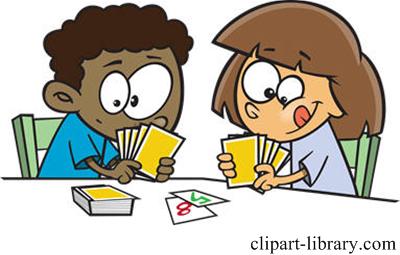 This is a logical
This is a logical 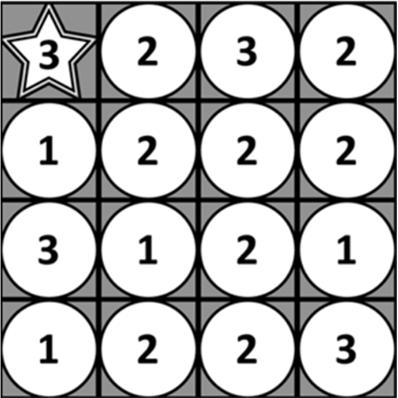 Here is an entertaining
Here is an entertaining 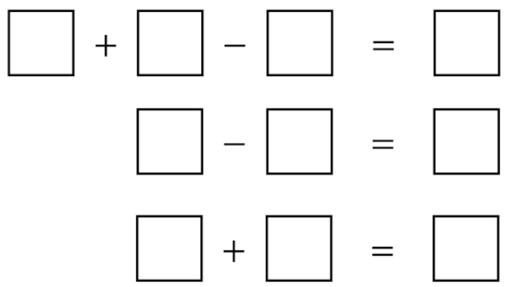 This is a somewhat unusual
This is a somewhat unusual 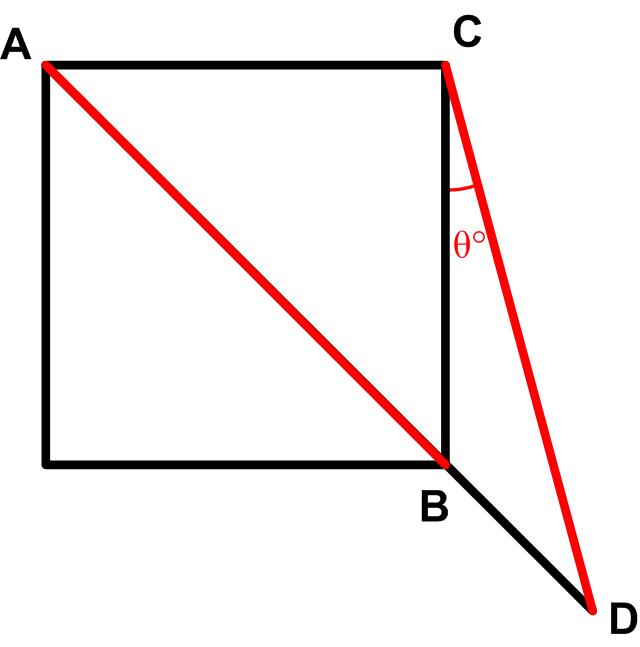 For me this turned out to be sort of a challenging problem from the 2025 Math Calendar.
For me this turned out to be sort of a challenging problem from the 2025 Math Calendar. This is a wicked variation of the ant problem on a
This is a wicked variation of the ant problem on a  I think this turned out to be an even trickier
I think this turned out to be an even trickier 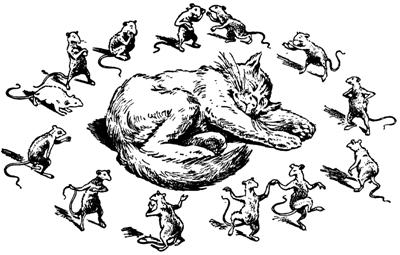 This is a classic puzzle from Boris Kordemsky’s 1972 Moscow Puzzles.
This is a classic puzzle from Boris Kordemsky’s 1972 Moscow Puzzles.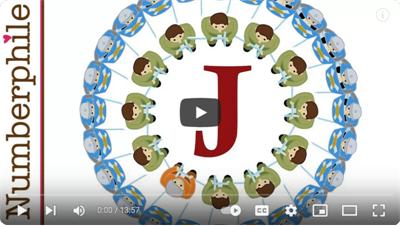

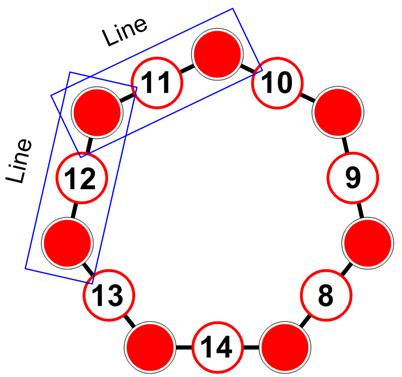 This is a fun
This is a fun